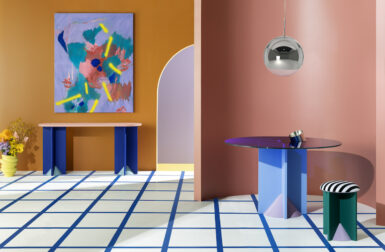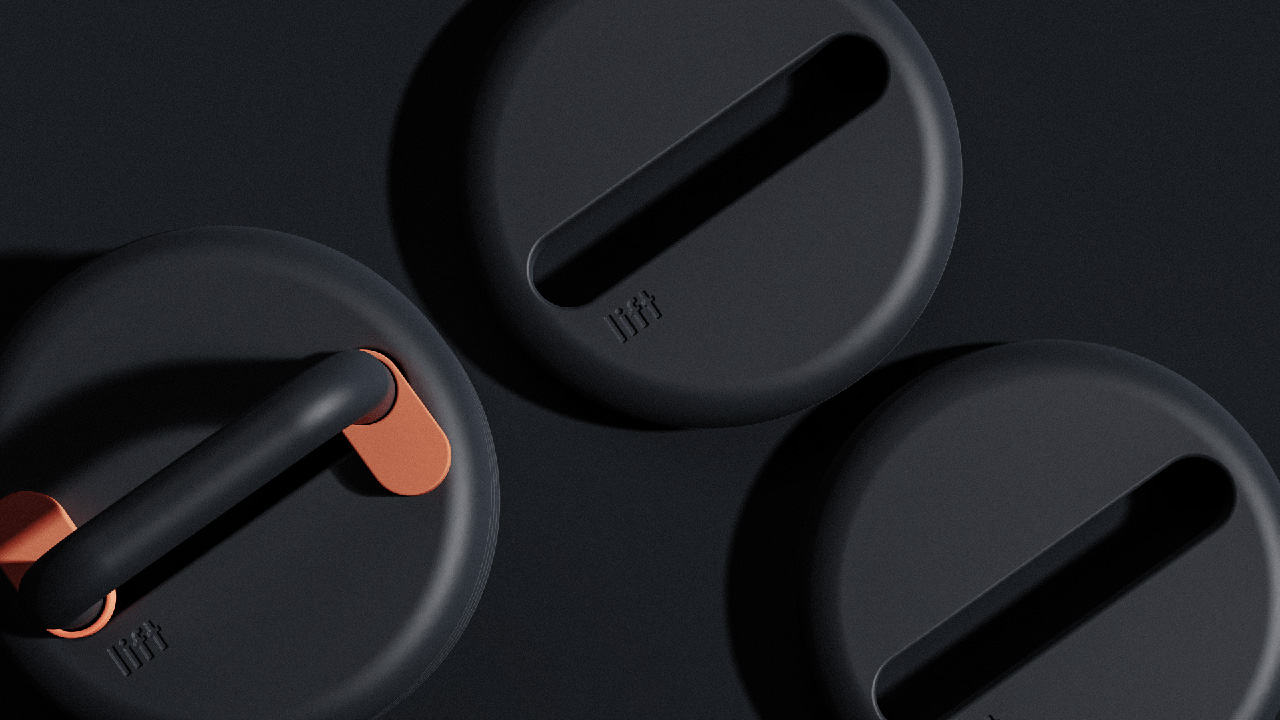
Diametric forces can come into play when deciding what sort of exercise equipment to welcome into the home. Gym equipment – large, awkwardly sized, and industrial – is rarely a net positive aesthetically. One versatile piece of strength and mobility equipment nearly anyone can add without sacrificing space or introducing an eyesore is the kettlebell, a weight attached to a handle designed for swinging, pressing, and other momentum-assisted movements. But just like any exercise program with a progressive range of improvements, one weight is almost never enough. That dilemma is addressed by the stylish and practical Lift stackable weights by designers Erika Avery and Stu Cole.
Adjustable weights are commonplace in the market now, most notably in the form of dumbbells sold by the likes of NÜOBELL, NordicTrack, and the granddaddy of them all, Powerblock (the brand used in my own garage gym). Brands like the aforementioned have expanded out into the realm of offering adjustable kettlebells. But while functional, nobody would describe their form as elegant, nor something ideally left out in the living room.
With the Lift, the designers have reached a laudable compromise between designing a legitimate piece of strength training equipment and finding a pleasing form. Comprising just nine separate parts, Lift uses a set of four solid cast iron stackable plate weights, allowing users to incrementally add or decrease loads from 11lbs to 44lbs.

If you’re not yet acquainted with the kettlebell, you might find its origin a fascinating detour in the history of sports equipment design. “[The] Kettlebell as we know it today, originated approximately 350 years ago… They were originally used as handled counterweights to weigh out dry goods on market scales.”

The load and handle is secured into place using a twist lock motion, making it simple to switch loads according to movement, whether practicing kettlebell swings, goblet squats, or other movements optimized for the handled design.
As anyone who lifts knows, weights can be loud during loading and unloading, and destructive if not properly handled. Lift’s cast iron core is thus covered with a durable 5mm robust rubber finish to keep the plates from clanging as they are stacked, while also protecting floors when setting them down.
The rubber finish is also a protective measure against the corrosion that can occur across a piece of metal caused by environmental humidity (not to mention any sweat introduced during challenging workouts).
Lift is currently only an exploratory concept, but the design seems more than ready for a manufacturer to adopt for consumer production, also noting the growing legions of home fitness practitioners already using Apple Fitness, the Peloton app, and other workout programs designed to introduce the kettlebell into the weekly routine.



















